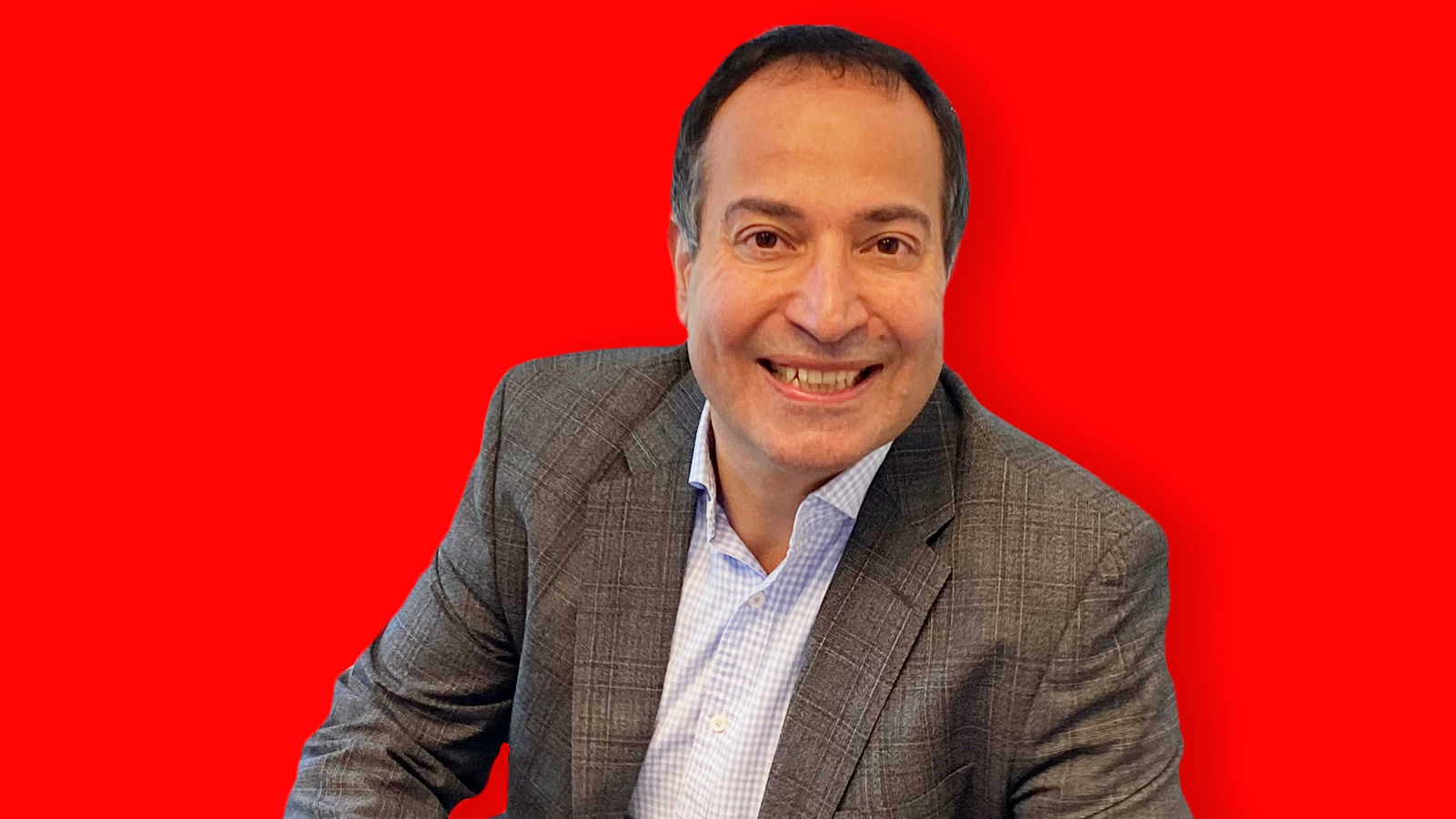Telecoms industry must tackle anti-5G hysteria in the US and beyond
Anti-5G hysteria is on the rise and the telecom industry can’t afford to ignore it, says Ahmad Malkawi, CEO of Global Telecom.

The arrival of 5G wireless unlocks a new frontier for experiencing, understanding and connecting with the world around us. But a Anti-5G movement is making global headlines with respected outlets like Bloomberg, and recently, the Swiss government took the unprecedented step of postponing the nationwide 5G rollout. Most of the telecommunications industry is ignoring it - offering the same disdain and scorn for 5G alarmists as anti-vaxxers and flat-earthers. And it’s a monumental mistake that could cost the industry billions of dollars.
Scientific research doesn’t support the alarmist narrative promoted by the recent “Global Day of Protest to Stop 5G,” nor the towns voting to ban 5G. But the anti-vaxxer movement blew up in popularity in lockstep with a sharp decline in Americans’ faith in the nation’s major institutions. Government…finance…the news media…universities…religious leaders…Silicon Valley. Trust is dead in 2020, and special interest groups are already jumping aboard the anti-5G train. From the US to UK to China to Germany, there are dangerous levels of public mistrust (historic, in the terms of China) that sow opportunities for anti-science crowds to gain a foothold in the public dialogue.
Don't embolden critics
It’s easy to dismiss anti-5G’ers, because so many of their arguments are laughably devoid of facts learned in high school science classes. However, marginalizing them and ridiculing their concerns is a recipe for disaster. If the telecom industry and scientists slam the door too hard on the anti-5G crowd, it’ll embolden them and grow their ranks.
It’s especially dangerous considering how much of America is already behind in accessing high-speed internet. Twenty nine percent of New York City doesn’t have broadband. And Pew reports that 56 percent of low-income Americans don’t have broadband. If the anti-vaxxer type of hysteria gains a foothold in 5G, everyday Americans will be hoodwinked into declining a powerful tool that can empower and improve their lives.
For both sides, a defining moment is rapidly approaching. Homes nowadays have five to 10 connected devices (smartphones, smart TVs, routers, etc.), but the Internet of Things (IoT) will likely bump that up to 100 devices by 2030. The more devices in close proximity to each other, the more “noise” there is, which forces more power usage, more heat and a potential spiral of risks to our health.
Patiently address concerns
To be clear, there’s extremely limited evidence linking wireless technology to significant adverse health impacts. There’s voluminous research on how signals up to 5 Gigahertz (GHz) – which account for nearly all technology in our homes today – impact the human body. Radiation from 5G is what’s called non-ionizing, meaning it doesn’t damage DNA, tissue or skin. It can have long-term effects, but again, studies have shown the health risks are minimal.
Beyond that, there’s little data available to researchers, universities, government and the private sector. Although higher frequencies offer less range and reliability, the stronger frequencies are increasingly gaining attention. The IoT is expected to venture quickly into the 28 GHz to 60 GHz range, and the FCC regulates up to 270 GHz.
SIGN UP FOR E-MAIL NEWSLETTERS
Get up to speed with 5G, and discover the latest deals, news, and insight!
The science will likely continue to show that fear of wireless devices is unfounded, but it’s arrogant to state undeniable facts about 5G’s impact on health at this point in time. In the 1990s, colleagues in the telecom industry were bemused but respectful when asked questions about brain cancer seemingly every single day. We didn’t dismiss the issue out of hand, and relied on facts to patiently address concerns. Fear didn’t stop the mobile phone from moving overnight from a luxury item to one that virtually every American adult used by the early 2000s.
Much has changed in 20 years, and it was social media mobilization that helped the Anti-5G protesters coordinate events that garnered news coverage in global cities like Bern, Vancouver and Brussels (which already banned 5G, in part, last year over radiation concerns). And in the US, public officials are already taking action in Colorado and Idaho. The first day of action has already been branded a success and a larger “5G Crisis Day” will arrive on April 4.
We’ll ride out this storm just as calmly, but we must do a few things:
- Lobby governments to earmark federal funds for the World Health Organization (WHO), Centers for Disease Control (CDC) and UK National Health Service (NHS) to research the impact of higher frequency signals on the human body.
- Establish a working group of universities and non-profit research institutions to collaborate with private sector leaders on industry standards. Perhaps organizations like CTIA and GSMA can step up to motivate and drive standardization for 5G products and networks.
- An industry-wide commitment to collaboration on spectrum efficiency - reducing device competition for the airwaves in our homes, which leads to less power consumption, less heat and less potential risk to our bodies. For some companies, the nature of their 5G technology uses lower spectrums, requires fewer towers and poses less potential negative health consequences. Collaboration wouldn’t necessarily require compromising an edge on innovation, but all carriers, smartphone manufacturers and other industry players need to agree to work together.
It’s the last item requiring the most work, and it’s the toughest ask. Think about how Google Maps routes you around your city. As a local, you know shortcuts that Google’s brilliant algorithms can’t match. The map uses billions of data points to make decisions, but the individual point – you, in your car – is critical in finding the best option. Network efficiency requires utilizing those small data points to avoid noise, and create harmony without ramping up energy consumption. This approach, applied to cellular towers in our neighborhoods, and to devices in our homes, is what will further reduce any potential negative impacts of 5G.
The industry has certainly made strides, increasing spectrum efficiency more than 40 times since 2010, according to CTIA. But it’s not enough. It’s our responsibility to do better. To head off potential health risks long before they become plausible. To ensure the public is truly informed about the impact of new technologies on their health. Let’s stop this anti-5G nonsense in its tracks the right way.

Ahmad Malkawi is the CEO of Global Telecom, a company that engineers modules and modems that enable a reliable and safe Internet of Things. Malkawi is a wireless industry veteran with nearly 20 years of experience directing strategy and product/services rollout for notable companies like Sprint, AT&T, Motorola and Qualcomm. Malkawi held leadership positions (VP of Engineering and VP of Business Development) in the development of state-of-the-art software components. (InterMod60, IMOptimizer, Genesis and HOM).

